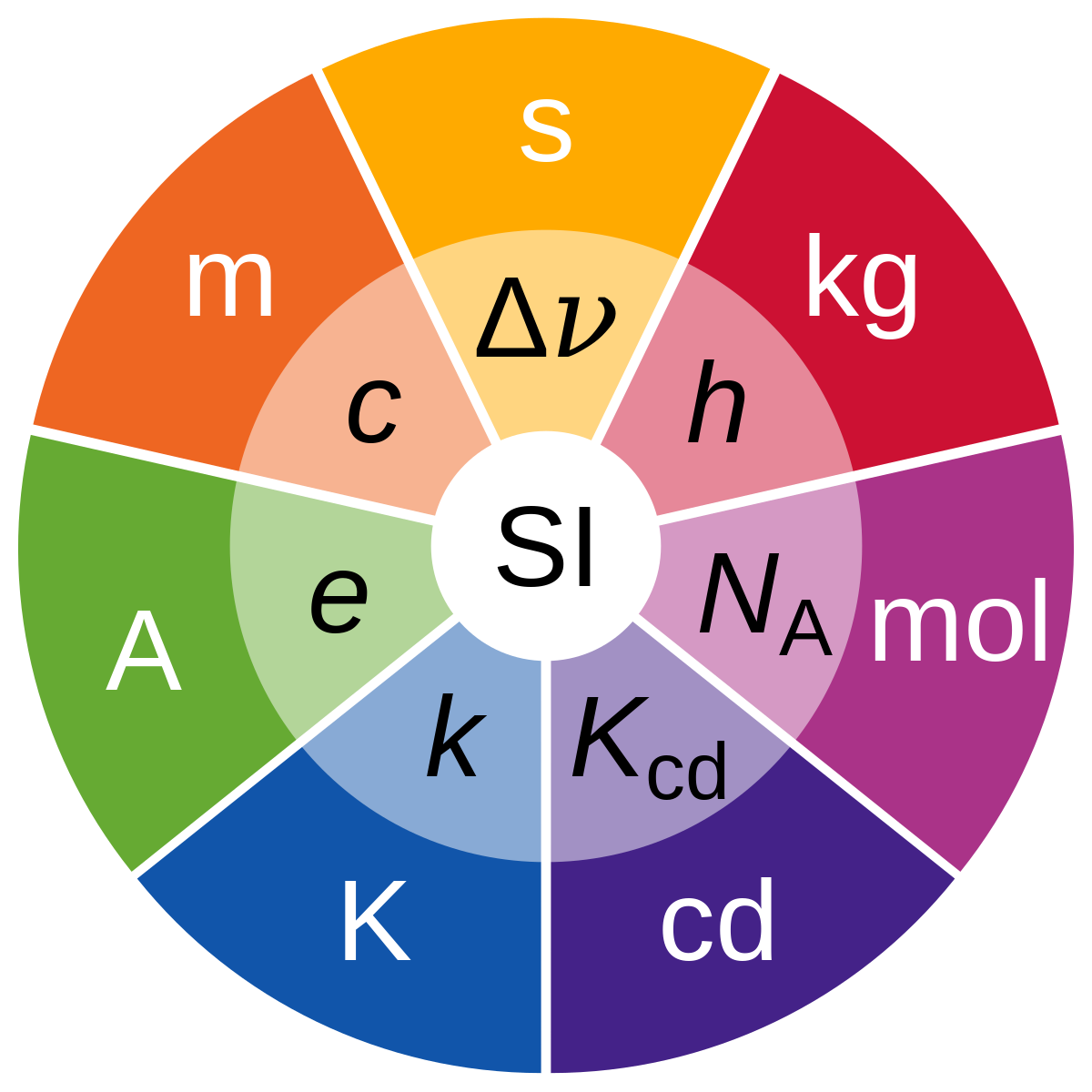- Joined
- May 8, 2016
- Messages
- 1,741 (0.60/day)
| System Name | BOX |
|---|---|
| Processor | Core i7 6950X @ 4,26GHz (1,28V) |
| Motherboard | X99 SOC Champion (BIOS F23c + bifurcation mod) |
| Cooling | Thermalright Venomous-X + 2x Delta 38mm PWM (Push-Pull) |
| Memory | Patriot Viper Steel 4000MHz CL16 4x8GB (@3240MHz CL12.12.12.24 CR2T @ 1,48V) |
| Video Card(s) | Titan V (~1650MHz @ 0.77V, HBM2 1GHz, Forced P2 state [OFF]) |
| Storage | WD SN850X 2TB + Samsung EVO 2TB (SATA) + Seagate Exos X20 20TB (4Kn mode) |
| Display(s) | LG 27GP950-B |
| Case | Fractal Design Meshify 2 XL |
| Audio Device(s) | Motu M4 (audio interface) + ATH-A900Z + Behringer C-1 |
| Power Supply | Seasonic X-760 (760W) |
| Mouse | Logitech RX-250 |
| Keyboard | HP KB-9970 |
| Software | Windows 10 Pro x64 |
@ir_cow
I'm asking to only do a single lower voltage test on boards that will throttle under auto settings. If you want to bypass "golden sample" issue, just decrease all boost frequencies to a lower and fixed value (like ~4,00GHz (P-cores, 3GHz for E-cores)).
I'm pretty sure all new "usual" x86 CPUs made will be able to do it at 1.1V (silicon lottery be damned). To be clear : I am NOT asking you to push your sample "to the max" on lower voltage. Just pick a ~10% lower voltage point and adjust frequency down until You think most CPUs should be able to achieve.
I'm asking to only do a single lower voltage test on boards that will throttle under auto settings. If you want to bypass "golden sample" issue, just decrease all boost frequencies to a lower and fixed value (like ~4,00GHz (P-cores, 3GHz for E-cores)).
I'm pretty sure all new "usual" x86 CPUs made will be able to do it at 1.1V (silicon lottery be damned). To be clear : I am NOT asking you to push your sample "to the max" on lower voltage. Just pick a ~10% lower voltage point and adjust frequency down until You think most CPUs should be able to achieve.
Last edited:






